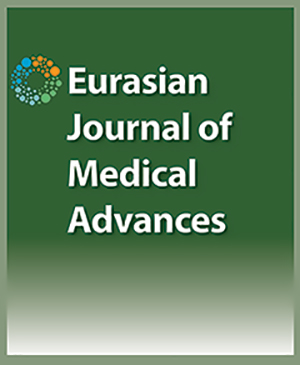

Cannabinoids / Endocannabinoids As Possible Antineoplastic Therapy In Comparisson To Cancer Pharmacological Treatments Used Today. Narrative Review
Fabio Mayorga Niño1, Nelson Camilo Gutierrez Alvarado21Pharmacology department of, Medicine School, Health Sciences Faculty, Universidad Pedagógica y Tecnológica de Colombia, Tunja, Colombia., 2Physician graduated of Universidad Pedagógica y Tecnológica de Colombia, Tunja; Epidemiologist of University of Boyacá. Doctor of incorporation National Police, Investigator in medicinal chemistry research group of Universidad Pedagógica y Tecnológica de Colombia.,
Cancer is a complex pathophysiological condition that produces an important number of death around the world. At present, there are different ways to treat cancer: chemotherapy, radiotherapy and surgery. Cancer chemotherapy used today in many cases is effective, but it is very toxic too. The endocannabinoid system is implicated in a variety of physiological and pathological processes, including cancer. Many studies have shown, since 1975, that both phytocannabinoids ?9-tetrahydrocannabinol (THC) and cannabidiol (CBD) offer an antioneoplastic activity. Latter, other researchers have displayed that endocannabinoids as anandamide (ANA) and 2-arachidonoylglycerol (2-AG) also present the same potential activity. Phytocannabinoids and endocannabinoids act through CB1 and CB2 receptors to produce that effect. However, THC -the main phytocannabinoid presenting anticancer action- as well as anandamide employed in pharmacological doses, produce important phycotropic effects, but these cannabinoid compounds do not produce major adverse reactions like conventional antineoplastic drugs. On this basis, scientists have to develop analogs or derivatives of cannabinoids/endocannabinoids that cannot induce psychotropic effects. It is important to study more deeply chronopharmacological aspects of cannabinoids/endocannabinoids in cancer therapy, although some is known today. Keywords: Antineoplastic drugs, anandamide, apoptosis, angiogenesis, breast cancer, cannabinoids/endocannabinoids, CB1, CB2, 2-arachidonoyl glycerol, glioblastome, metastasis, prostate cancer, side effects
Cite This Article
Mayorga Niño F, Camilo Gutierrez Alvarado N. Cannabinoids / Endocannabinoids As Possible Antineoplastic Therapy In Comparisson To Cancer Pharmacological Treatments Used Today. Narrative Review. EJMO. 2019; 3(2): 77-91
Corresponding Author: Fabio Mayorga Niño



